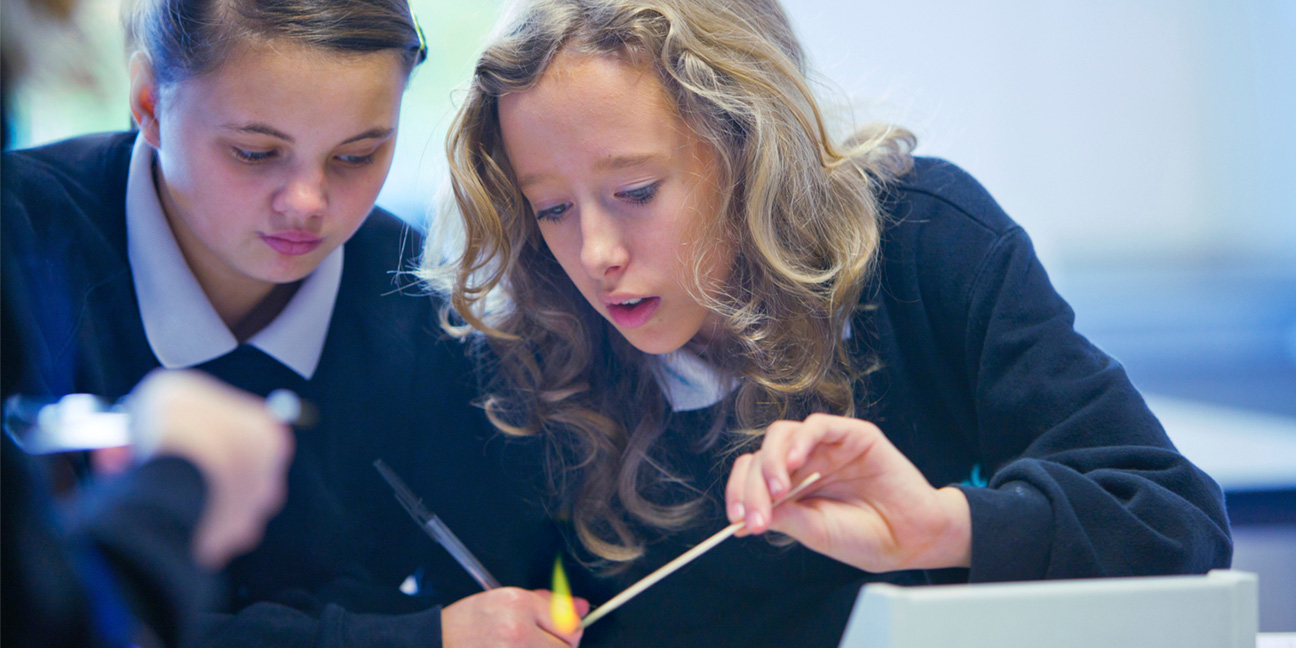
TIMSS results highlight student knowledge and skill gaps
Research 14 Dec 2020 5 minute readResults from the Trends in International Mathematics and Science Study (TIMSS) suggest that Australian schools should focus on improving primary school students’ knowledge of number, including simple equations, fractions and decimals, as well as measurement and geometry.
Australia’s TIMSS National Research Coordinator, Dr Sue Thomson, unpacked the TIMSS 2019 results, which showed an improvement in Australia’s achievement in Year 8 mathematics and science, and Year 4 science – but not in Year 4 mathematics, in an article published in Teacher.
In her article, Dr Thomson explains that TIMSS assessment framework defines different content domains and related topic areas in mathematics and science at each year level. For instance, the Year 4 mathematics content domains are Number, Measurement and geometry, and Data, with the topic areas for Number including whole numbers; expressions, simple equations and relationships; and fractions and decimals.
‘To respond correctly to TIMSS test items, students need to be familiar with the mathematics or science content of the items,’ Dr Thomson writes. ‘Just as importantly, students need to be able to use particular cognitive skills - the thinking processes and sets of behaviours expected of them as they engage with the content of the assessment. Items were designed therefore not only to assess the content dimension but also the cognitive dimension.’
As Dr Thomson explains, the TIMSS assessment framework classifies the skills, abilities and behaviours that make up the cognitive dimension into three domains:
- Knowing – the facts, concepts and procedures students need to know
- Applying – the ability of students to apply knowledge and conceptual understanding to solve problems or answer questions
- Reasoning – goes beyond the solution of routine problems to encompass unfamiliar situations, complex contexts and multi-step problems.
Each test item is then associated with a single content domain and a single cognitive domain, allowing student performance to be described in terms of relative achievement in each domain compared to overall achievement, at the national level, by state and territory and by student background.
Results from TIMSS 2019 show that, in Year 4 mathematics, Australian students were stronger in the content domain Data, but weaker in Number. Year 4 student performance in Measurement and geometry was similar to overall achievement in 2019, but had declined since the previous TIMSS assessment. In the cognitive domains, Australia’s Year 4 students were stronger in Reasoning, but weaker in Knowing. Performance in Applying had increased significantly since TIMSS 2015 and was now similar to overall achievement.
In Year 8 mathematics, Australian students were stronger in Number and Data and probability, but weaker in Algebra and Geometry. In the cognitive domains, they were stronger in Applying, but weaker in Knowing and Reasoning.
In Year 4 science, Australian students were stronger in Life science, but weaker in Physical science and Earth science. In the cognitive domains, they were stronger in Knowing and Reasoning, but weaker in Applying.
In Year 8 science, Australian students were stronger in Earth science, but weaker in Chemistry. They were stronger in Reasoning and Applying, but weaker in Knowing.
Dr Thomson says these results signal what Australian schools should focus on in order to improve students’ general understanding of mathematics and science.
‘Identifying the content and cognitive domains in which Australian students fall short, and then targeting teaching at these areas, should help achieve better results,’ Dr Thomson writes. ■
Read the full article:
‘Exploring Australian students’ strengths and weaknesses in maths and science’, written by Sue Thomson and published in Teacher magazine, is available at < https://www.teachermagazine.com/columnists/sue-thomson >
